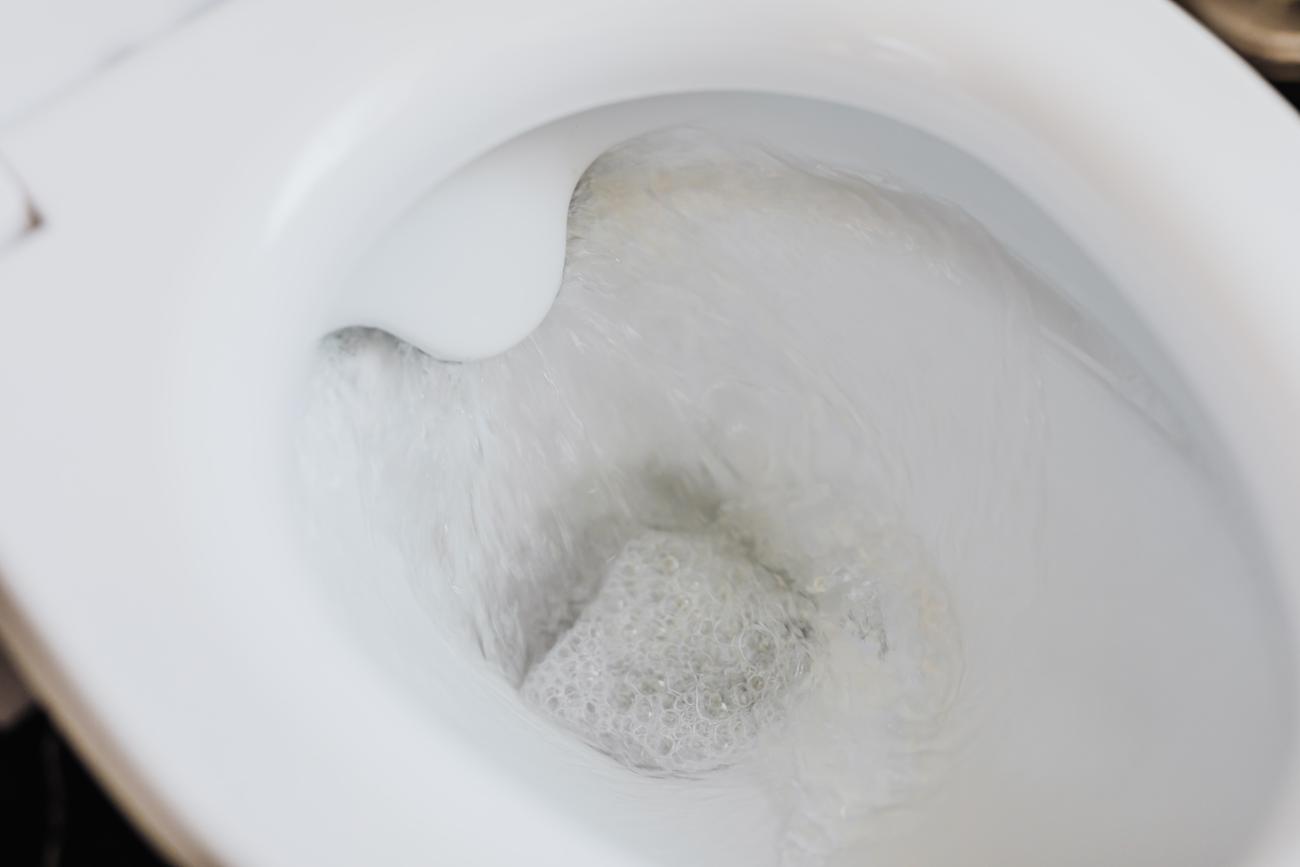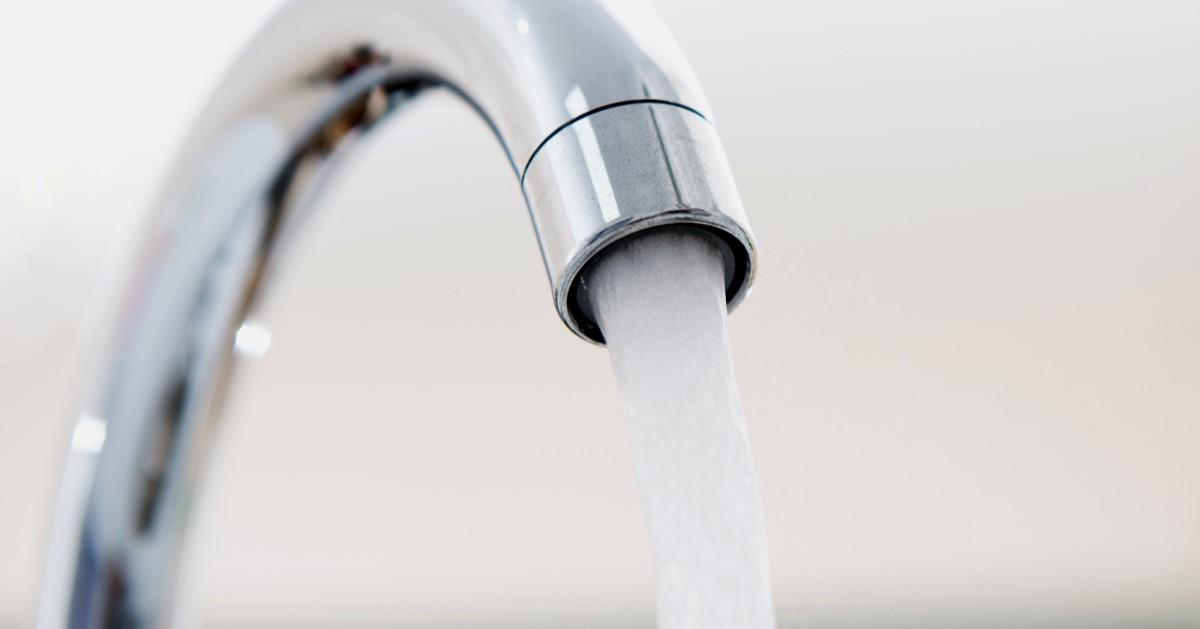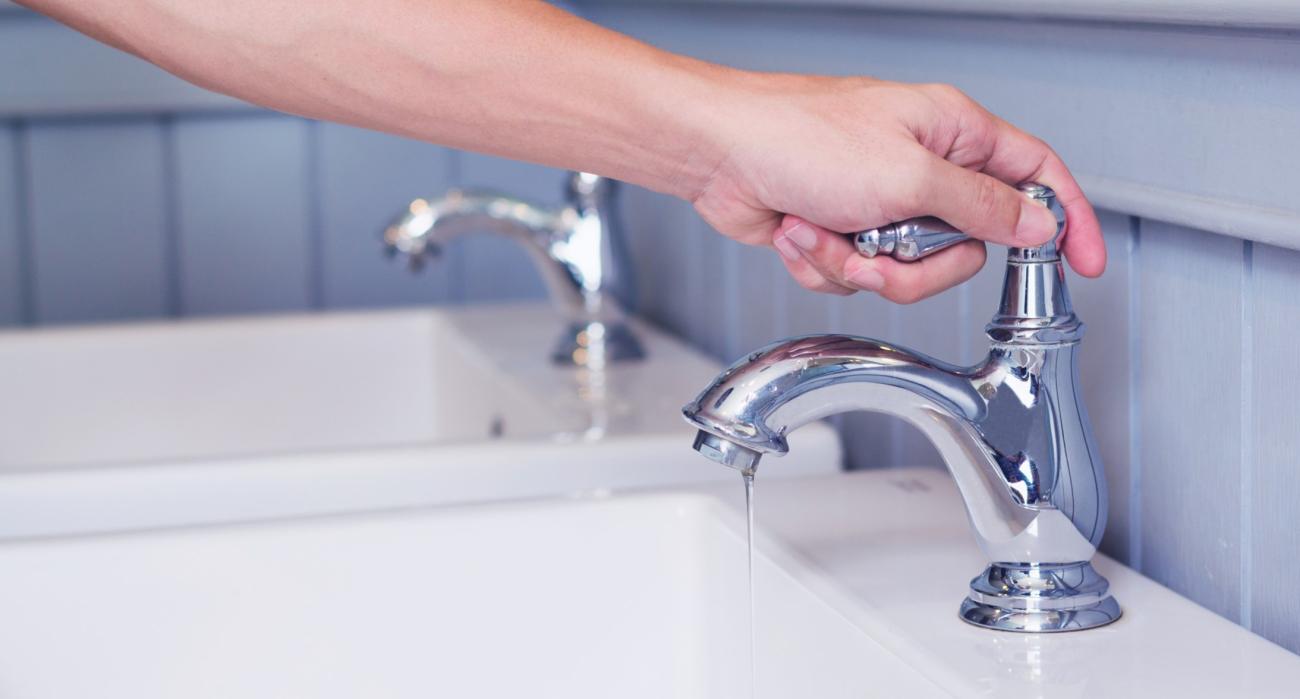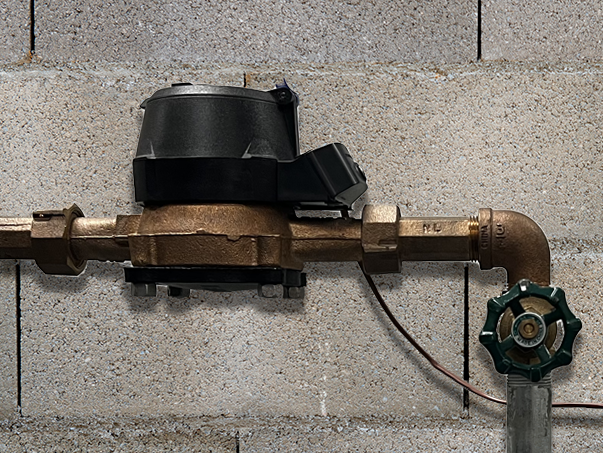Home Tips
Leak Detection and Prevention
Water leaks are more common than you might think. If left unchecked, leaks can run up unnecessary charges on your water bill and cause damage to your home. But you can protect your home and your wallet with a few simple steps. Download the How to Find & Fix Leaks brochure.
Cleveland Water is responsible for making repairs between the water main in the street and the curb stop. Any leak that occurs on the customer's service line is the responsibility of the customer. This includes the water line that runs from the tree lawn to the water meter, any irrigation systems, and all indoor plumbing.
Cleveland Water offers a bill adjustment for residents who experience an undetected, underground leak and have it repaired. This allows a customer to receive up to 50% off excess consumption of one billing cycle upon submission of a Plumbing Repair Statement.
Where to Find Leaks
Toilets
A running toilet can waste as much as 200 gallons of water or more per day.
The most common cause of a toilet leak is the rubber flapper valve. Over time, the valve becomes worn out and does not seal shut properly. Replacing the valve is a quick and easy fix. One way to find out if you have a toilet leak is to place a drop of food coloring in the toilet tank. Wait 15-30 minutes without flushing. If the color shows up in the bowl, you have a leak.
Faucets
A leaking faucet that drips at a rate of 1 drip per second can waste more than 3,000 gallons of water a year.
The most common sources of a faucet leak are a worn-out washer or gasket, a loose O ring, or a corroded valve seat. These problems are easily fixed with inexpensive parts available at most hardware stores.
Shower heads
A showerhead leaking at 10 drips per minute wastes more than 500 gallons of water per year.
Most leaky showerheads can be fixed by ensuring a tight connection between the showerhead and pipe stem using pipe tape. You may also need to replace the washer inside the showerhead. Consider replacing an old showerhead with a more efficient, low-flow one.
How to Check for Leaks
Step 1
Turn off anything that uses water inside or outside your home. Check around faucets, toilets, water heaters, etc. for signs of a leak like puddles of water or drips.
Step 2
Find your meter. This is typically located in a basement or crawl space where your water line enters your home.
Step 3
On the meter, locate the blue star, white triangle, or red circle-shaped test wheel on the register face. If the test wheel is spinning even though no water is being used anywhere, you likely have a leak somewhere.
When you leave your home for an extended period of time, turn off the water in your home to minimize the threat of water damage while you’re away.
To turn off your water, take the following steps:
Step 1:
Locate the “stop and waste” valve located near your meter.
Step 2:
Turn it to the “off” position.
Step 3:
When you return home, simply turn the valve back to the “on” position.
You can also contact Cleveland Water to turn your water off or on, for a small fee, by calling 216.664.3060.
When temperatures drop below freezing, it is possible for the water meter and water pipes in your home to freeze. Frozen pipes can damage your property and be expensive to repair. Below are some simple steps you can take to reduce the likelihood of frozen pipes. You can also download our Winterizing Your Plumbing brochure. (versión en Español)
How to Keep Your Water Pipes from Freezing
Disconnect and drain outdoor hoses
Detaching the hose allows water to drain from the pipe instead of leaving it to freeze. Otherwise, a single hard, overnight freeze can burst either the spigot or the pipe connected to it.
Insulate pipes in unheated areas
If you have pipes in an unheated garage or crawl space, wrap the pipes with an insulating material, such as a foam tube or heat tape, before temperatures fall. Hardware or building supply stores will have wrapping materials available.
Seal off access doors and cracked windows
Seal places where cold air gets in with caulking or spray foam and repair broken windows. Winter winds whistling through overlooked openings can quickly freeze exposed water pipes.
Find your master shut-off valve and label it
The master shut-off is typically found where the water line comes into the basement or crawl space from the street. If a frozen pipe bursts, this valve can turn off the water. Turning off your water quickly will limit damage and control costs.
Leave a pencil-lead-thin stream of water flowing
A small flow of water running from a bathroom or kitchen faucet during the worst of the cold spell can help prevent water service lines from freezing. The water should be left running through the pipe susceptible to freezing. You can also leave your cabinet doors open to allow the heat of your house to circulate around plumbing under sinks.
Turn off the water or leave the heat on when you're away
If you’ll be away from home for several days, turn the water off and drain the outside faucets. Or, leave your thermostat set at 55 degrees or higher to ensure your home stays warm enough to keep interior plumbing from freezing.
If you think you may have a frozen meter or water line, you need to thaw the pipes as soon as possible. You can try to thaw the pipes yourself by applying heat to the frozen area using a portable heater, heating blanket, or hairdryer. You can also contact a certified plumber to thaw your water lines. If your meter freezes, it can cause flooding and the meter will need to be replaced before you will have water service again. Unfortunately, there is a charge associated with having to replace your meter. If you have any questions about frozen water lines, please contact us at 216.664.3060.




